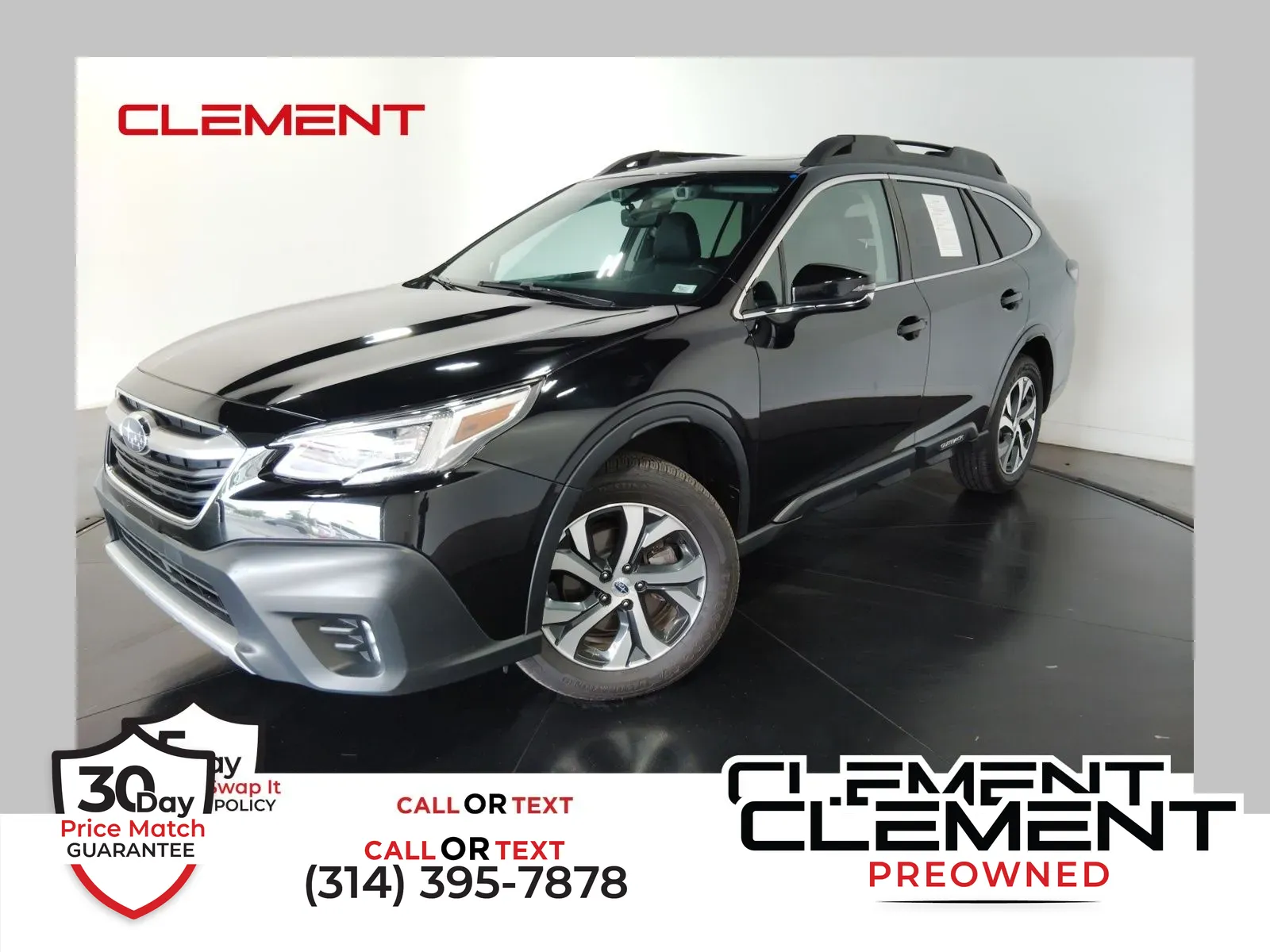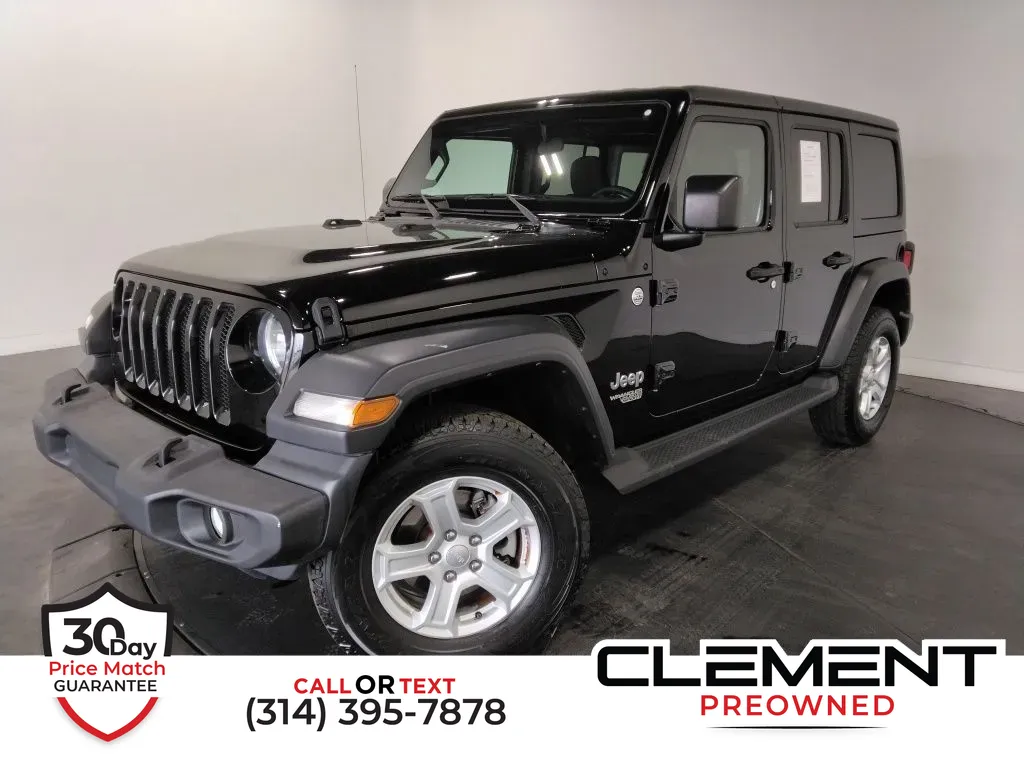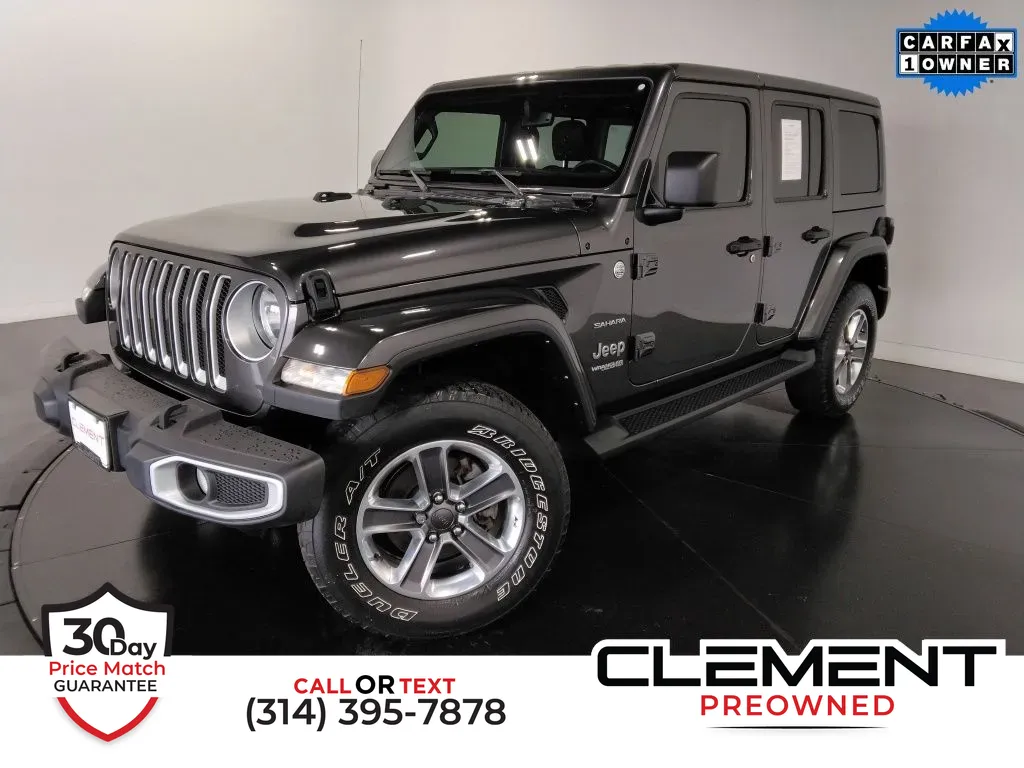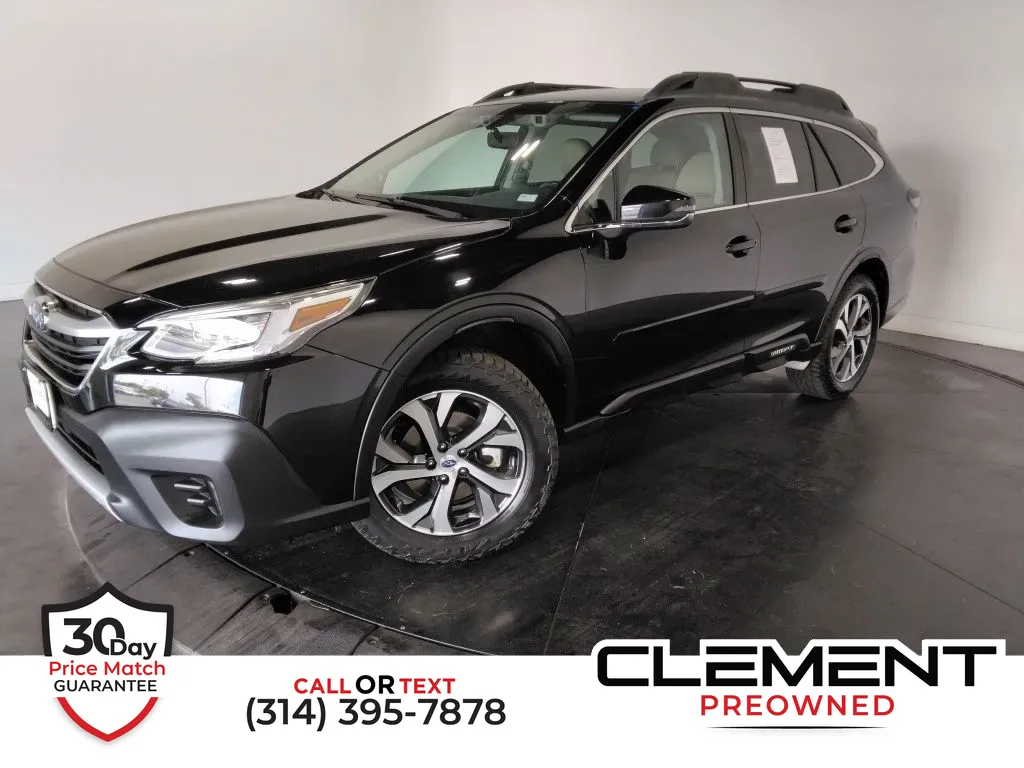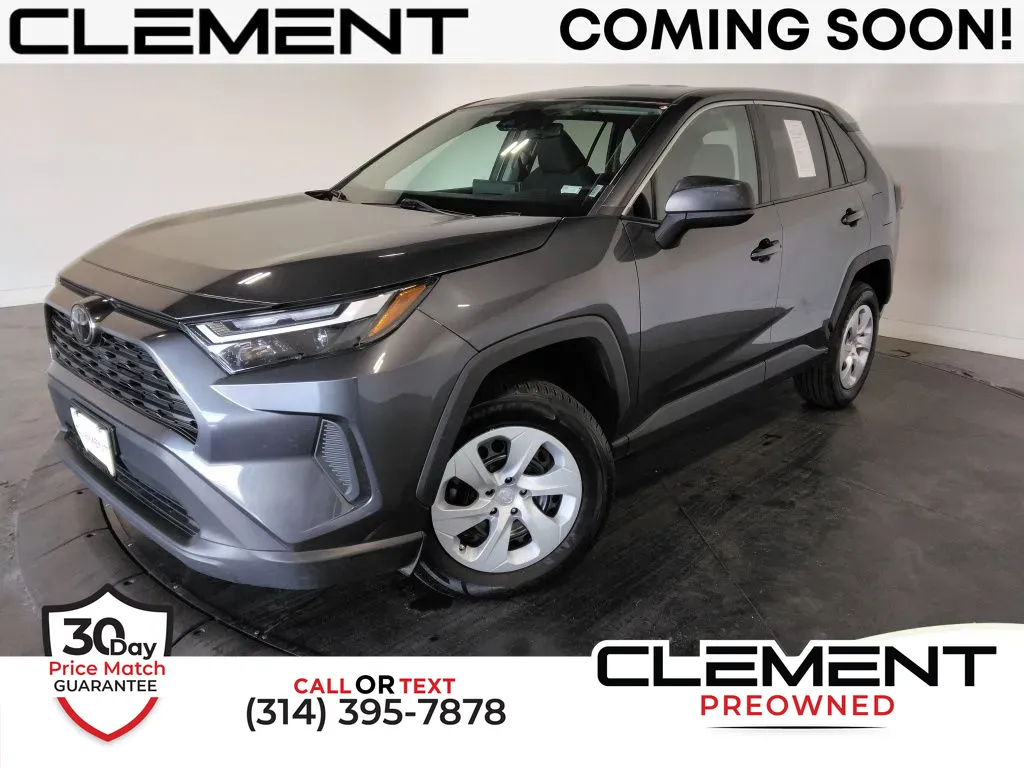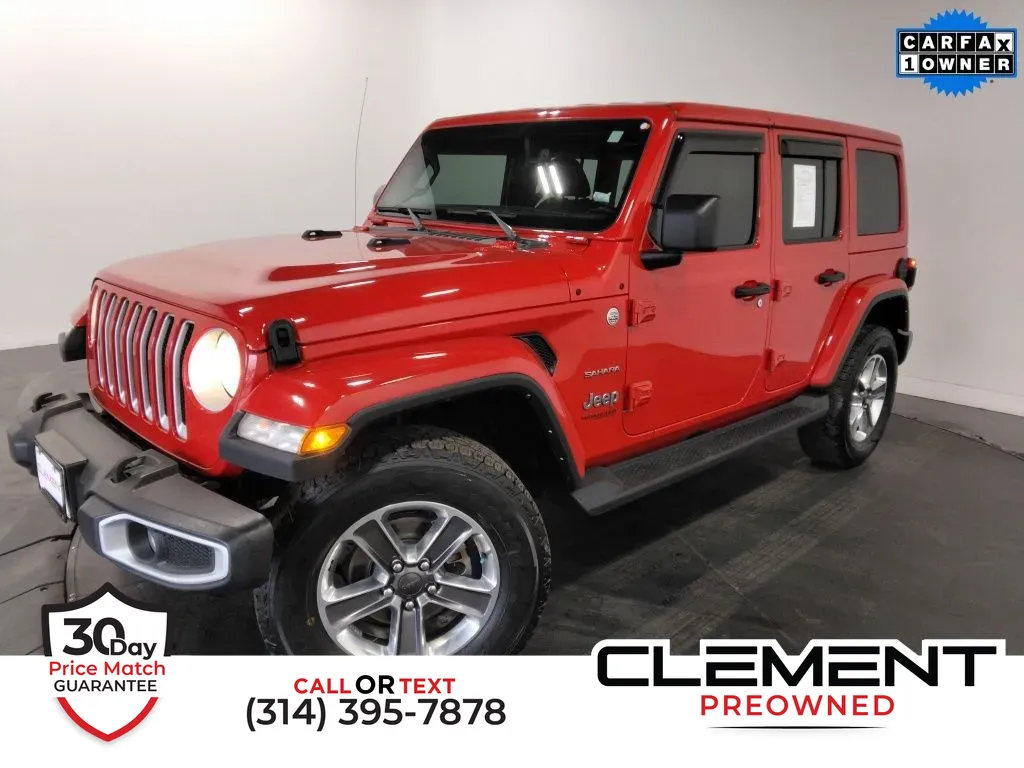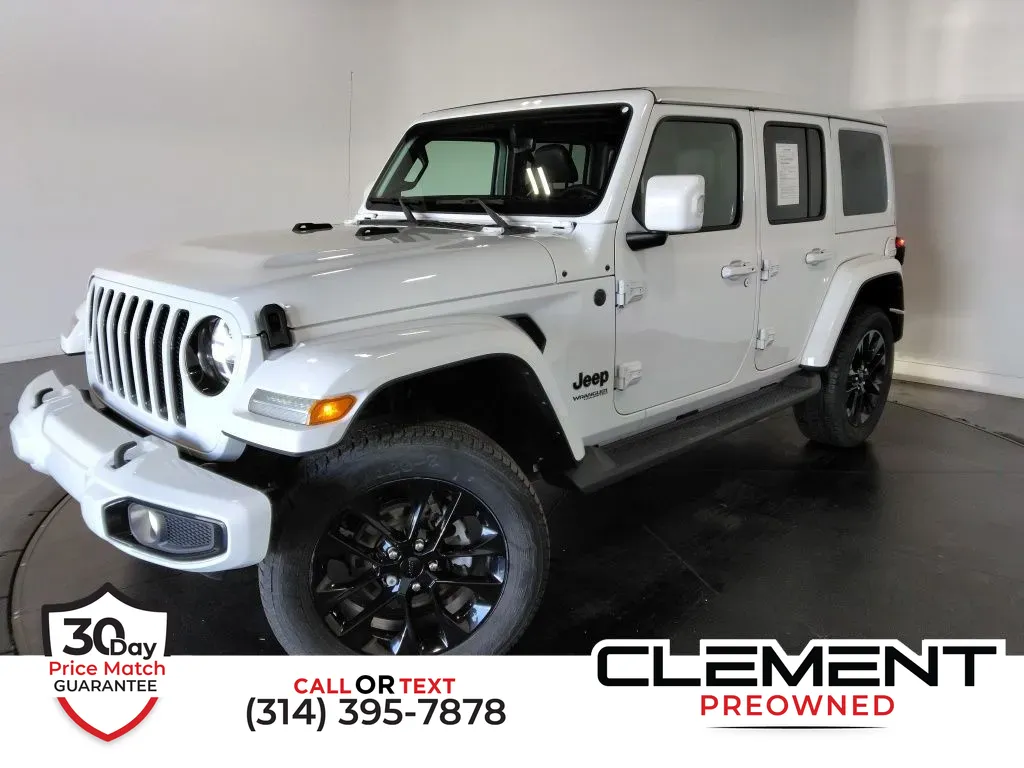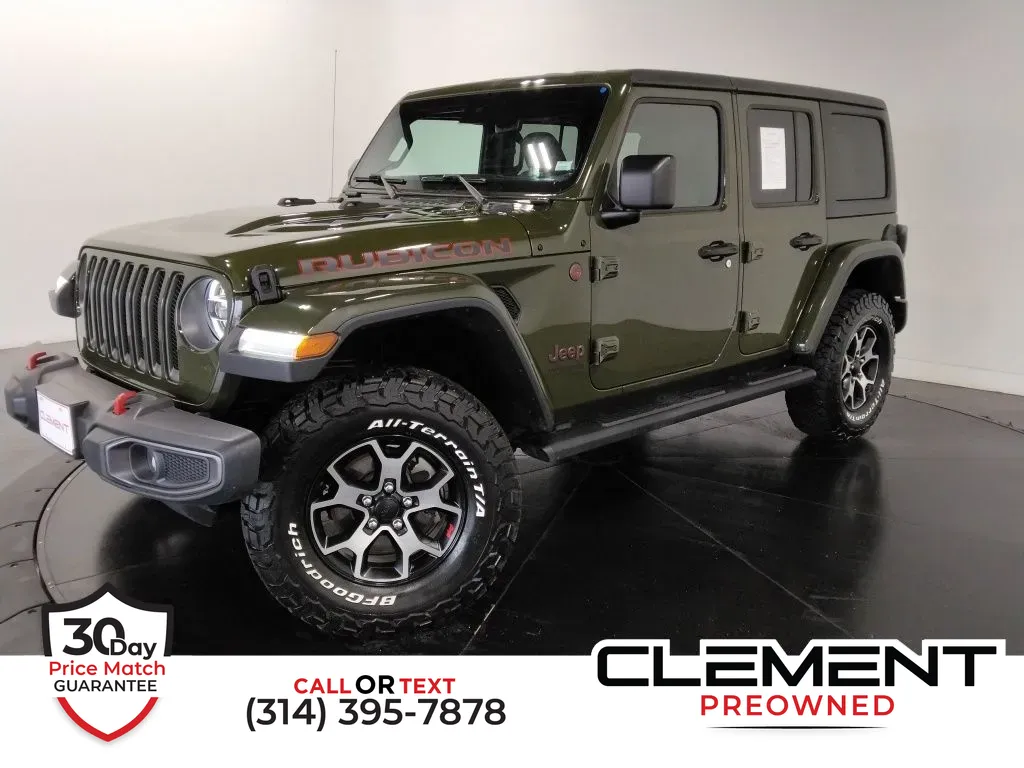AWD Vs. 4WD Difference | Clement Pre-Owned, Missouri
All-Wheel Drive VS 4-Wheel Drive: What Is The Difference?

.If you're unsure whether you need a 4-wheel drive (4WD or 4x4) or all-wheel drive (AWD) vehicle, this brief guide will help you understand the difference that lies in their operational mechanisms and choose the right auto in Missouri.
What is All-Wheel Drive (AWD)?
AWD systems distribute power to all four wheels by allocating torque (the force felt during acceleration) from the engine to both axles. The power is distributed between each, allowing wheels to rotate at different rates. This provides extra traction when accelerating in slippery road conditions and improves handling even on dry surfaces.
How does AWD work?
AWD is common in passenger cars and SUVs and is available in two types:
- Full-time AWD constantly directs power to the front and rear wheels and can adjust the distribution in response to any signs of wheel slippage.
- Part-time (or automatic) AWD distributes the power between the front and back axles or completely disconnects one set of wheels, depending on the surface. When road conditions become dangerous, it automatically activates through sensors. Regardless of the full-time or part-time configuration, all-wheel drive systems usually do not require any action from the driver.
AWD is also used in performance-oriented and luxury vehicles to improve cornering stability beyond just adverse weather conditions.
Our expert mechanics mentioned that some AWD hybrid cars mimic the behavior of conventional AWD vehicles, while others have a specific electric motor exclusively for driving the rear wheels.
Pros and cons of AWD
Most compact and midsize SUVs, such as the Toyota Highlander and Honda CR-V, are front-wheel-drive. When these vehicles are fitted with AWD, sophisticated sensors come into play. They constantly check if the front wheels are losing traction and activate the all-wheel drive system to fix the issue. You merely need to focus on steering, allowing the car to handle the adjustments automatically. This simplifies the driving experience while enhancing the vehicle's overall efficiency.
However, you should consider the pros and cons each AWD type can offer:
- Part-time AWD systems are prevailing in modern cars, such as Toyota RAV4 and Honda CR-V. Notably, this type tends to offer better fuel efficiency compared to full-time systems. The core drawback of part-time AWD is that it sends the majority of power to the front wheels. As a result, it can’t offer significant support in severe conditions.
- Full-time AWD has a considerable advantage that lies in its prompt power redistribution when wheel slippage is detected. Moreover, the power between the front and rear wheels is distributed more evenly than in the majority of part-time AWD vehicles. At the same time, full-time AWD systems do have a slight decrease in fuel efficiency compared to their part-time counterparts. Popular examples of full-time AWD vehicles include the Audi Q5, Subaru Forester, Volvo XC60, and BMW X3.
What is 4-Wheel Drive (4WD)?
More commonly found in trucks and robust SUVs, 4WD systems excel off-road and when transporting heavy loads. Similar to AWD, 4-wheel drive channels power to both front and back axles. However, four-wheel-drive locks the front and rear driveshafts together, ensuring power distribution remains uniform. This heightened traction proves valuable when navigating off-road environments like mud, snow, and sand.
How does 4WD (4x4) work?
4WD SUVs have a distinct advantage in off-road driving or navigating slippery terrain thanks to the simultaneous rotation of both axles linked by the transfer case. This crucial component of a 4x4 vehicle's functionality distributes the power generated by the engine equally to both axles and synchronizes them. This allows axles to continue rotating even when multiple wheels lose traction.
Benefits and drawbacks of 4WD
A 4WD vehicle is a must-have for people who regularly encounter conditions like slippery roads or off-road paths, as well as those residing in regions with unpredictable weather or uneven landscapes. The added traction and stability will greatly assist in navigating these challenging scenarios. From snowy roads to muddy trails to rugged terrain, the ability of a four-wheel drive vehicle to deliver power to all four wheels can improve control and maneuverability.
The pros and cons of each 4WD type can offer:
- Full-time 4WD vehicles, such as Toyota Land Cruiser and Subaru Outback, are suitable for both on-road driving with varying speeds and diverse road conditions. The full-time 4x4 allows continuous power distribution across all four wheels to strengthen control and heighten traction and stability on slippery surfaces and challenging roads. Despite its advantages, the increased mechanical complexity and consistent power distribution of this system decrease fuel economy and cut energy conservation efficiency.
- The part-time 4-wheel drive vehicles, such as Jeep Wrangler and Toyota 4Runner, offer the ability to switch between 2WD and 4WD modes, saving fuel when 4x4 acceleration isn't necessary. It is suitable for low-traction scenarios, slow speeds, and off-road usage. When in 2WD mode on surfaces with high traction, it also reduces the wear on tires and drivetrain components. This type has downsides, such as requiring driver input to switch modes, potentially causing delays. Being less effective on surfaces with strong traction, it might lead to tire wear or damage.
The off-road specific 4WD cars, such as Jeep Wrangler Rubicon or Ford Bronco, are equipped with tailored features like locking differentials and low-speed gearboxes to handle challenging off-road situations. This ensures synchronized wheel movement, and high traction on rough terrain, while withstanding harsh off-road conditions without compromising transmission. But this system has its downsides. Components such as locking differentials and low-speed gearboxes are not intended for on-road use, which may affect vehicle handling. Moreover, the increased complexity and added weight could lead to a decrease in fuel efficiency.
AWD or 4WD: what do you need
Both AWD and 4WD improve traction during acceleration, but neither aids in braking nor cornering. However, both are invaluable in hard road conditions. When thinking about a vehicle with AWD or 4x4 and pondering which to choose, take into account your objectives.
- Opt for 4WD if you intend to go off-roading or require additional power for towing.
- Choose AWD if you want a vehicle with enhanced traction for on-road traveling in icy and wet conditions.
If you're unsure which car will fit you best, visit Clement Pre-Owned dealership for a test drive in Florissant, St.Charles or St.Louis,MO. Our experienced sales team will help you find the perfect model that suits your budget, lifestyle, and needs.


